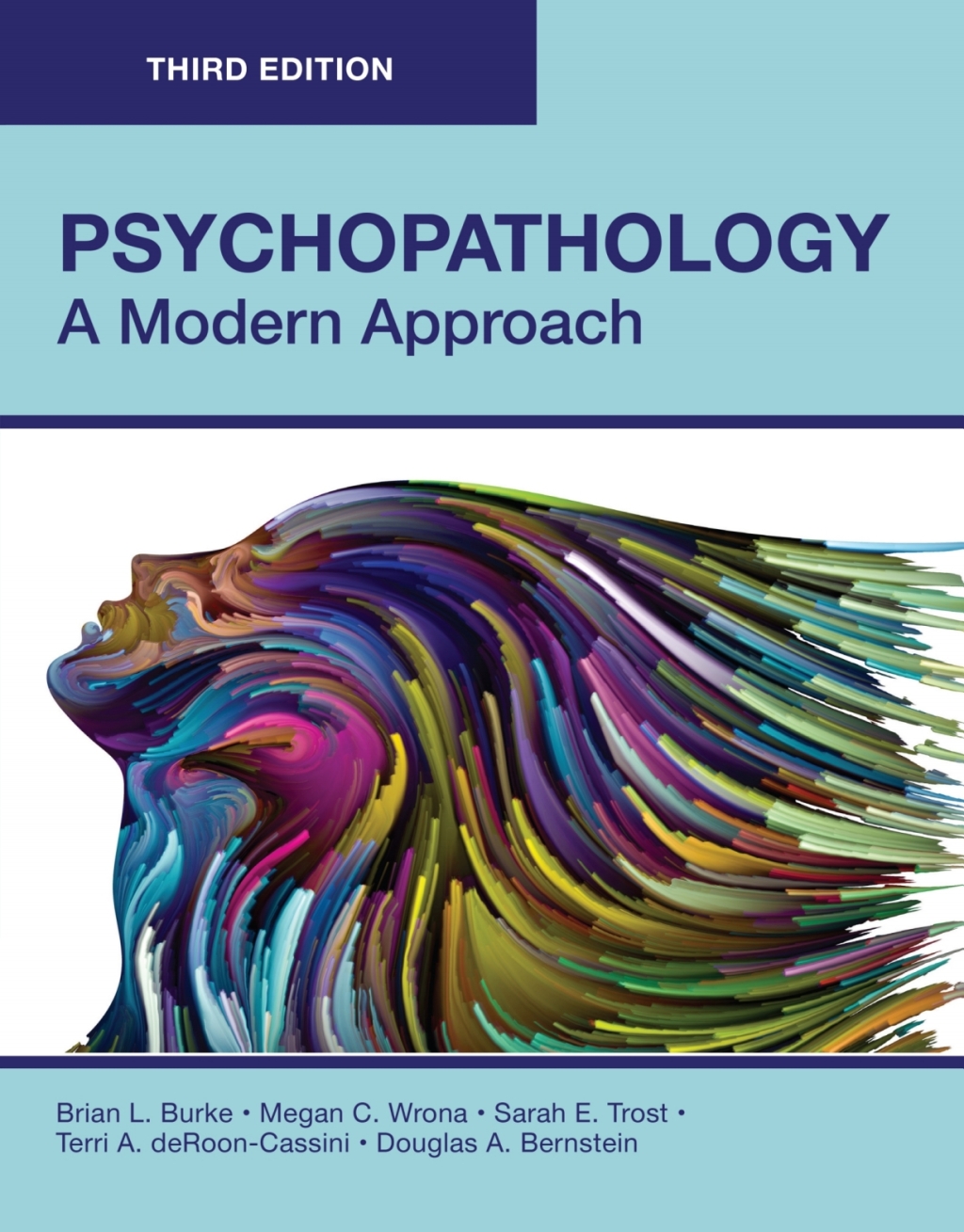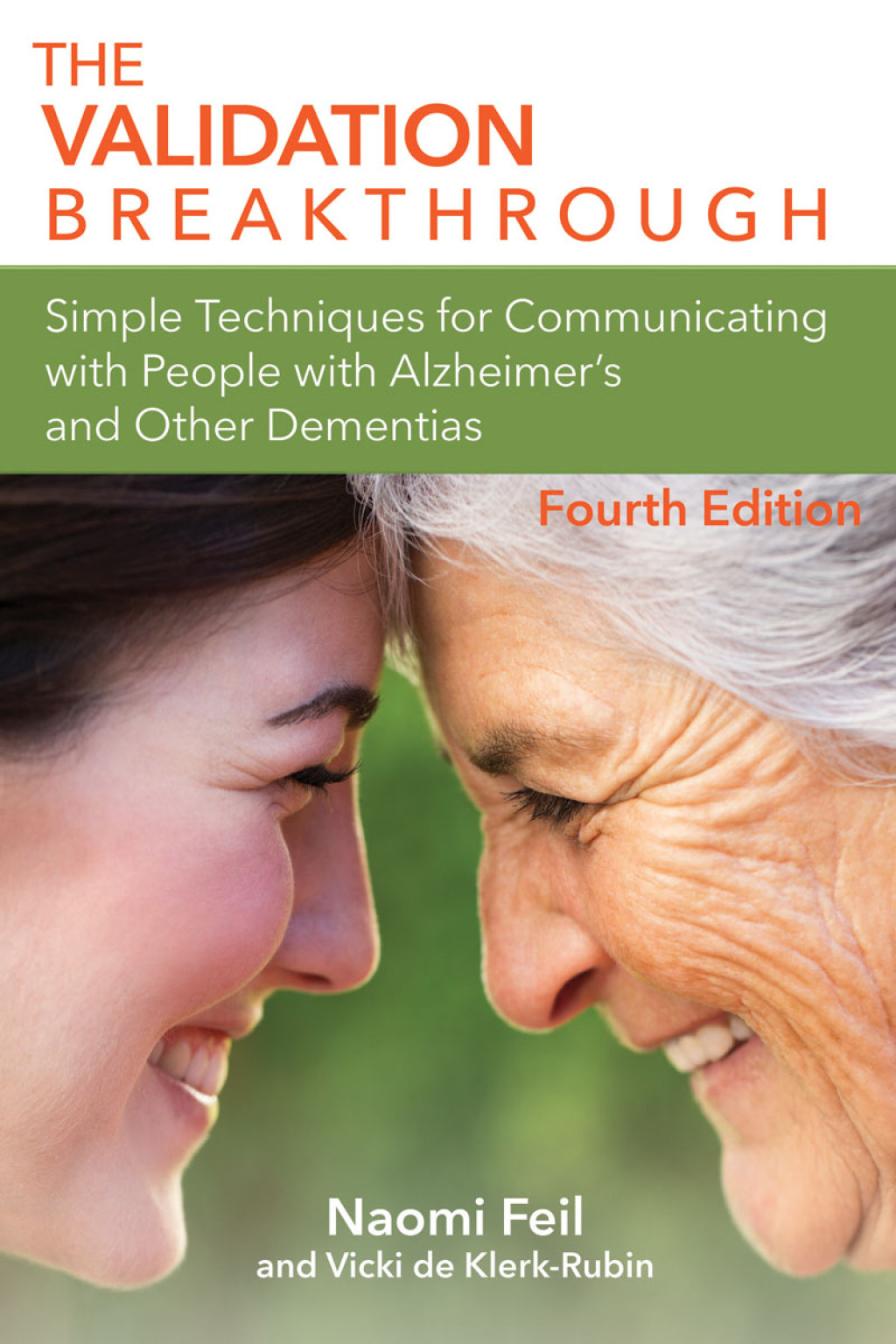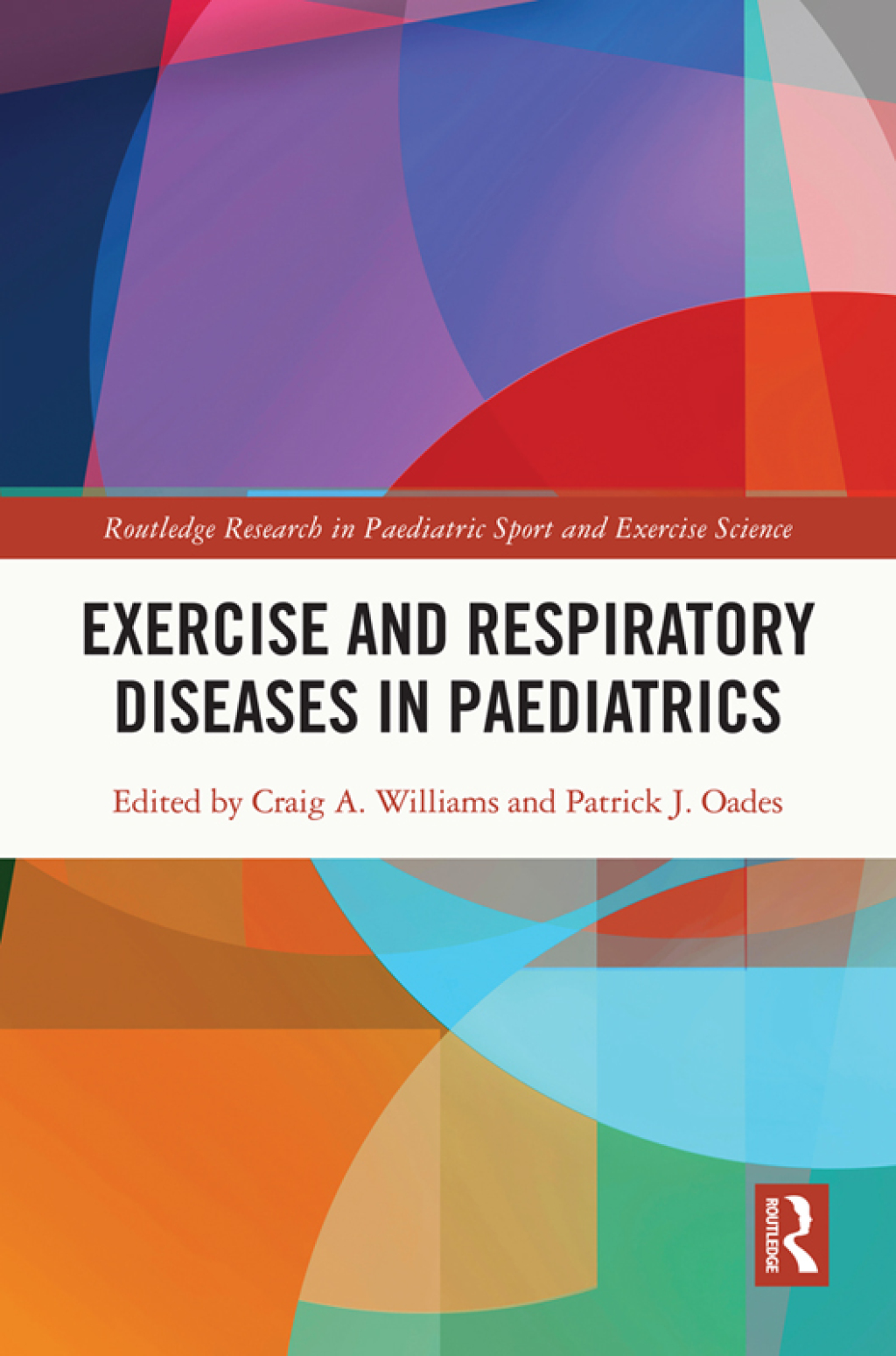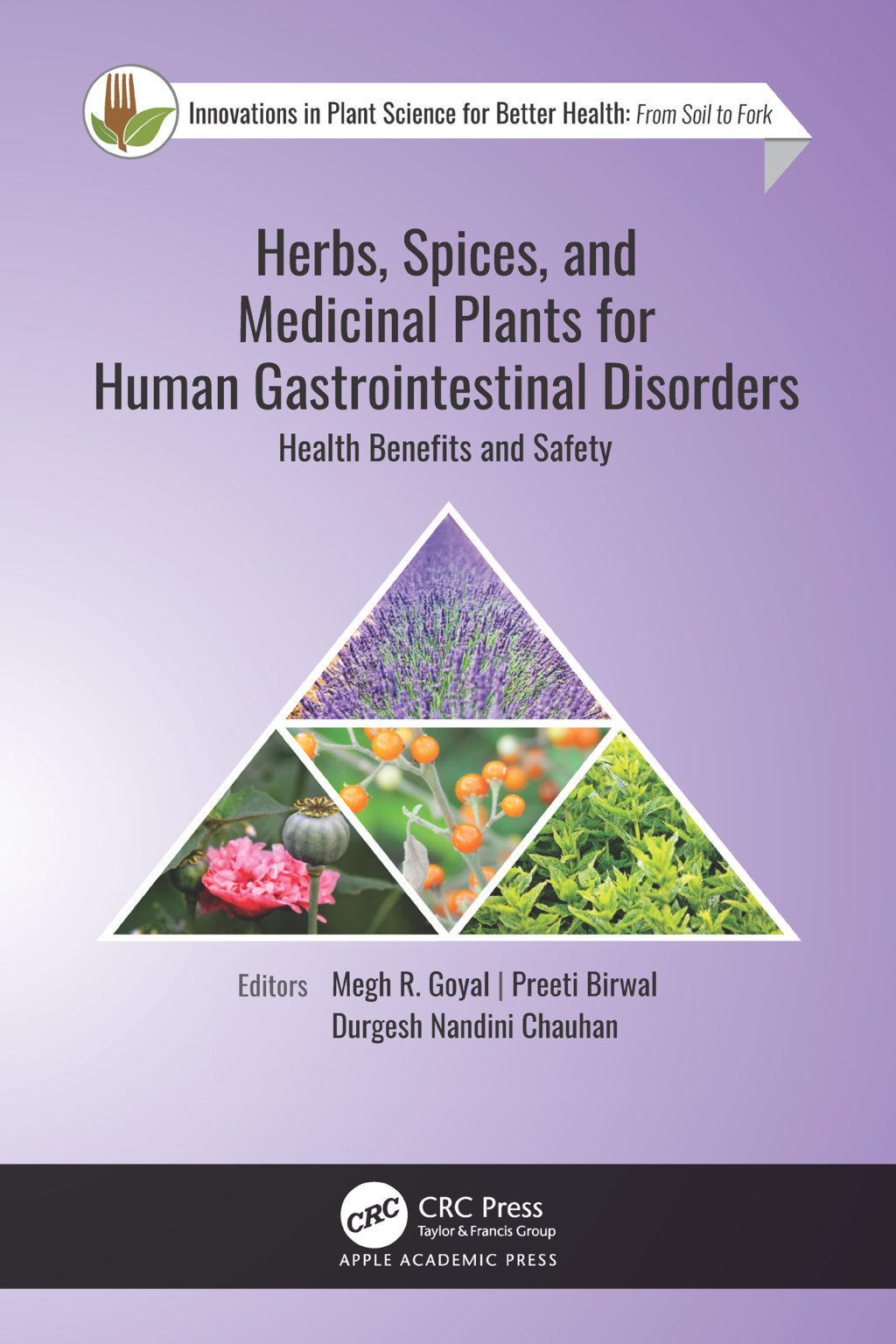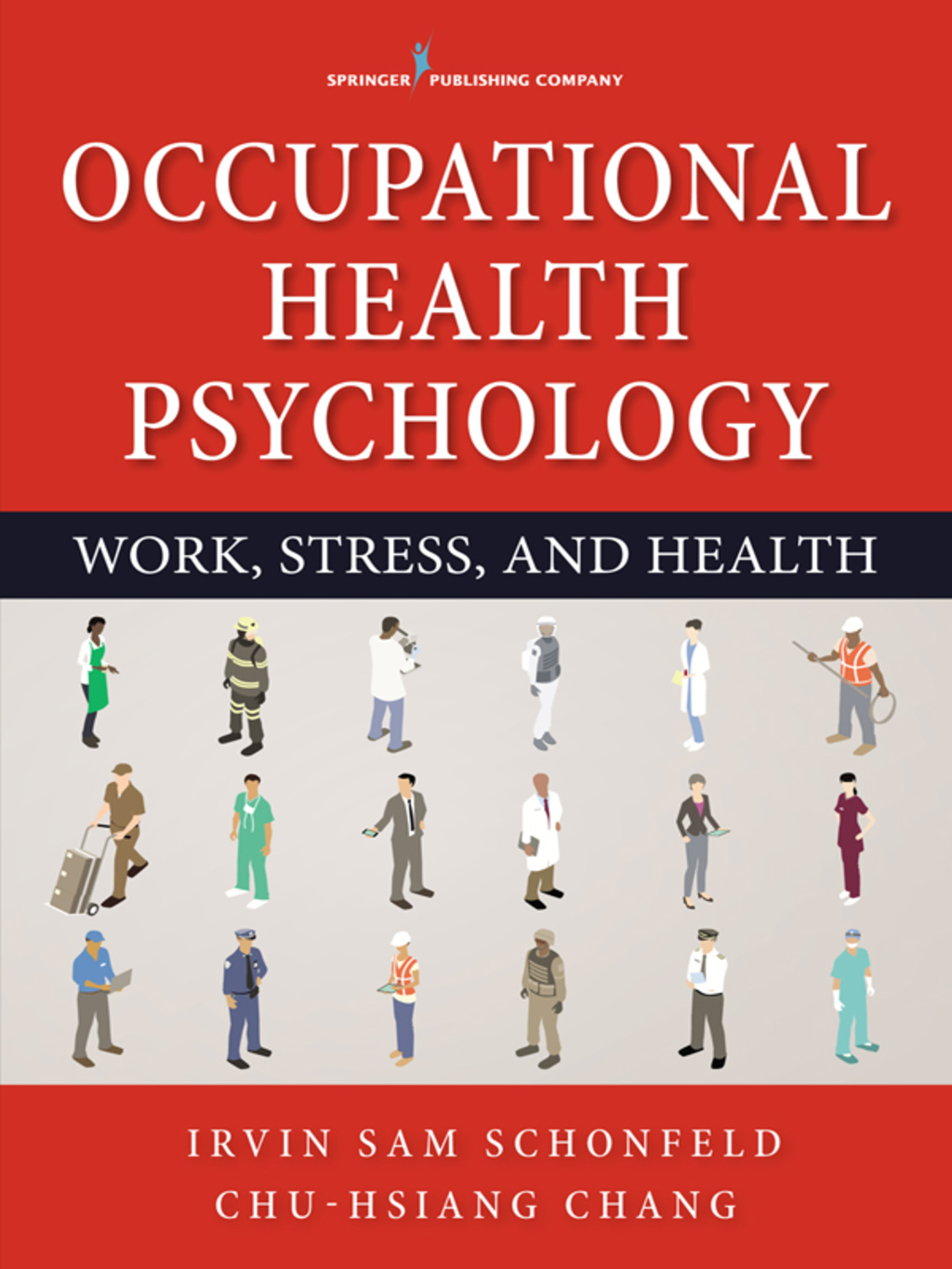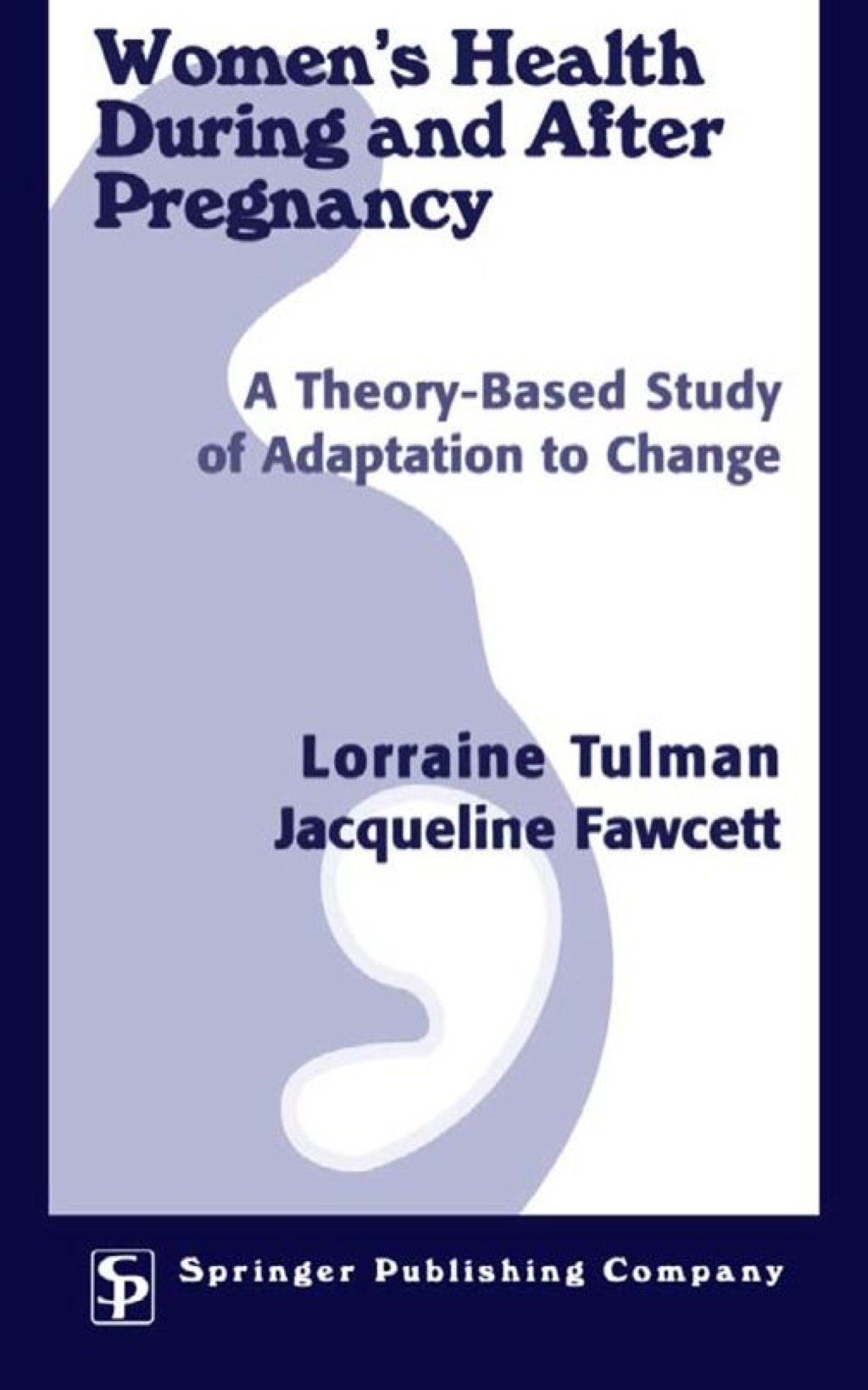Validation is a successful way of communicating with older adults with Alzheimer’s-type dementia and responding to their challenging behaviors. The Validation method helps reduce stress, enhance dignity, and increase happiness for both the elder and the caregiver. Since its inception in 1989, Validation has helped thousands of professional and family caregivers improve their relationships with residents and loved ones with dementia by acknowledging older adults’ expressed feelings rather than focusing on disorientation and confusion.
Professionals will learn how to:
The Validation method is easy to learn, and positive results can be seen in both residents and caregivers.
The Validation Breakthrough is an essential resource for professionals in all settings serving adults who may be confused and disoriented, including assisted living facilities, skilled nursing facilities, hospice, home health care, adult day services, and family care settings.

